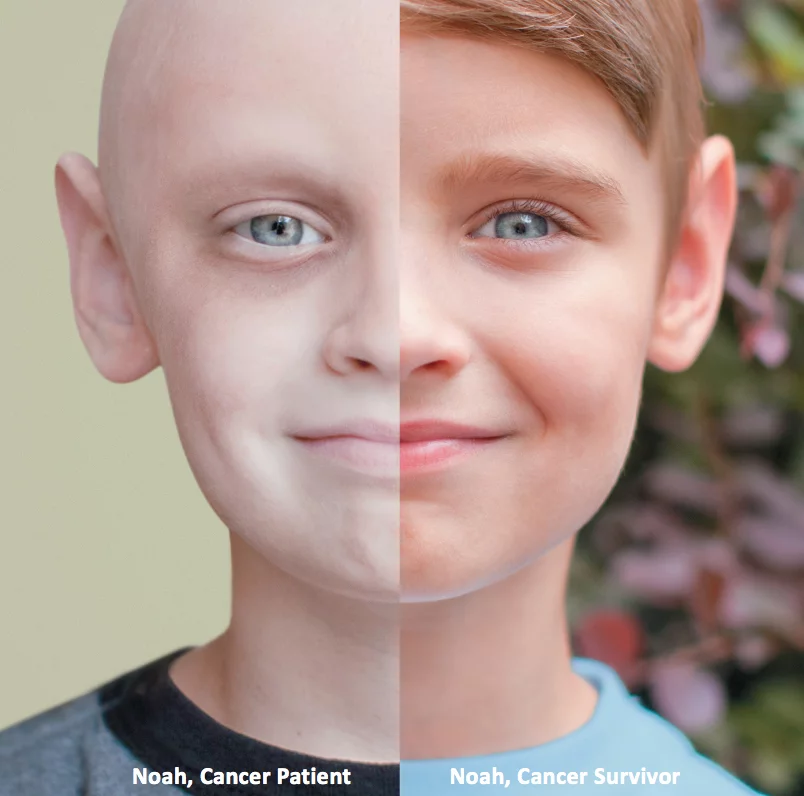
Diagnosed with Cancer? Your two greatest challenges are understanding cancer and understanding possible side effects from chemo and radiation. Knowledge is Power!
Learn about conventional, complementary, and integrative therapies.
Dealing with treatment side effects? Learn about evidence-based therapies to alleviate your symptoms.
Click the orange button to the right to learn more.
- You are here:
- Home »
- Blog »
- side effects ID and prevention »
- Adverse Events of Complex Cancer Therapies
Adverse Events of Complex Cancer Therapies

“The researchers uncovered 169 relevant trials involving 22,492 patients. The incidence of treatment-related adverse events was 91.2% for all events and 46.1% for serious adverse events (grade 3 or higher).”
Treatment-related adverse events are those health problems caused by the chemotherapy taken by the cancer patient. I use the image in the upper right corner of the page for one main reason. The pediatric or AYA cancer survivor will live with a lifetime of long-term and late stage side effects caused by FDA approved “safe and effective” long-term side effects caused by complete cancer therapies.
Adverse events can be short, long-term or late stage and they can be mild, moderate or severe. The study linked and excerpted below is about severe adverse events. Some adverse events can cause death.
As a newly diagnosed cancer patient (blood cancer called multiple myeloma), I experienced the usual short term side effects that cancer patients expect such as hair loss (alopecia), nausea, and fatigue. I even experienced tinnitus for a few months. I developed cataracts in both eyes. I consider those side effects to be short term and relatively mild.
This post is more about long-term and late stage side effects such as
- Chemotherapy-induced peripheral neuropathy (CIPN)
- Cognitive dysfunction- Chemo brain
- Treatment-related secondary cancer
- Chemotherapy-induced cardiomyopathy
- Hemorrhagic cystitis
- Avascular necrosis (AVN)
- Deep Vein Thrombosis
Understand that the side effects discussed above are painful, life changing health problems. If you are undergoing aggressive cancer therapies such as antibody drug conjugates or a stem cell transplant, you are at a real risk of serious adverse events.
Researching these adverse events over the years has taught me that many side effects can be reduced if not completely prevented. Just as important, the cancer patient risking his/her health should be informed of the possibility of a disabling adverse event.
Meaning, if you are facing death and perhaps you have been in and out of remission once or twice over the past 5-10 years, you are more than able to decide on another therapy that could buy you more time yet expose you to serious side effects.
Surviving an incurable cancer has toughened me up a bit to the realities of oncology. The FDA has a tough job. They have to weigh the risks and benefits of cancer therapies.
Remember that I am not talking about yes or no, on or off. I’m saying that reduced dosing, nutrition, supplementation, etc. can reduce or eliminate many side effects.
I supplement with CoQ10 now along with a number of other heart healthy nutritional supplements and my cardiomyopathy has stabilized- no meds, none.
Hey FDA?! Where are you?
Scroll down the page, post a question or comment and I will reply to you ASAP.
Click now to learn more about thrombocytopenia
Hang in there,
David Emerson
- Cancer Survivor
- Cancer Coach
- Director PeopleBeatingCancer
Analysis reveals adverse effects of complex cancer therapies
Over the past two decades, numerous complex cancer therapies called antibody drug conjugates (ADCs) have been tested in clinical trials and approved for use in patients.
Investigators recently performed a comprehensive analysis of multiple scientific databases to outline the potential toxicities associated with these medications. Their findings are published by Wiley online in CANCER, a peer-reviewed journal of the American Cancer Society.
An ADC has a complex structure comprised of an antibody that targets a protein expressed on cancer cells, a toxic compound to kill the targeted cells (also called a payload or warhead), and a linker to join the two. The clinical efficacy and toxicity of ADCs are affected by each component.
In 2000, gemtuzumab ozogamicin was the first ADC approved by the US Food and Drug Administration, and more than a dozen ADCs have been approved worldwide to date.
Gemtuzumab ozogamicin is marketed under the name Mylotarg by the US pharma giant Pfizer (NYSE: PFE) for the treatment of acute myeloid leukemia. Mylotarg was voluntarily withdrawn from the market by Pfizer in 2010 after subsequent confirmatory trials failed to verify clinical benefit and demonstrated safety concerns, including a high number of early deaths. The drug came back to the market in 2017.
To investigate the side effects associated with different ADCs, a team led by Prof Hong Zhu of Xiangya Hospital, Central South University, in China, conducted a systematic review and meta-analysis of published clinical trials of ADCs that reported treatment-related toxicities.
Treatment-related side effects
The researchers uncovered 169 relevant trials involving 22,492 patients. The incidence of treatment-related adverse events was 91.2% for all events and 46.1% for serious adverse events (grade 3 or higher). The most common adverse events overall were lymphopenia (too few white blood cells), nausea, neutropenia (too few neutrophils, a type of white blood cell), vision blurriness, and peripheral neuropathy (nerve pain in the hands and feet).
The most common serious adverse events were neutropenia, hypoesthesia (insensitivity), thrombocytopenia (too few blood platelets), neutropenia with fever, and lymphopenia. Certain ADCs were linked with higher average incidences of adverse events.
“Different ADCs appear to vary in their treatment-related adverse events. Our results provide an important reference for clinicians and patients on how to address ADCs’ toxicity in clinical practice,” said Prof Zhu.


